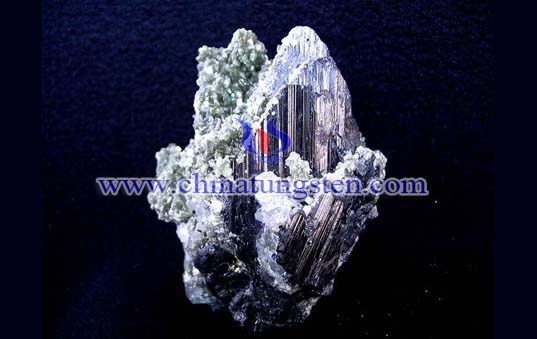Radiation Shielding Materials

Tungsten Shielding Materials
Tungsten heavy alloy in metallic form and tungsten compounds are used in various forms of tungsten shielding materials. Their high densities meet the primary requirement of a shielding material and in certain shielding application, tungsten alloy's high atomic number is also important. The ease with which tungsten can be worked is of added value. The shielding of containers for radioactive materials is usually metallic tungsten. Radioactive materials in laboratories and hospitals are usually handled by remote control from a position of safety behind a wall of tungsten alloy bricks and X-ray machines are normally installed in rooms lined with sheet tungsten.
Lead
Lead is an important material because of its property to radiate the harmful radiation, thus acting as a shield in place of nuclear works and X-ray regions.
The main role of lead metal in nuclear Industry is to avoid the radiation to escape out of the reactor. It basically acts as a shield for the harmful radiations that are produced at the time of nuclear process.
Boron carbide
Boron carbide has high melting point (boron carbide ℃), super hardness 245, low density (2.529 / cm3) and stable chemical properties, it is applied in wear-resistant materials, engineering ceramics and aerospace materials, etc. With the development of nuclear technology and boron carbide, people found that boron has high absorptive capacity of thermal neutron , low energy secondary radiation generated, high temperature resistance, so people pay more and more attention to boron carbide as nuclear reactor and nuclear shielding materials. Compared with tungsten alloy material, tungsten will be much wear resistant, so tungsten shielding materials are also popular with public.








